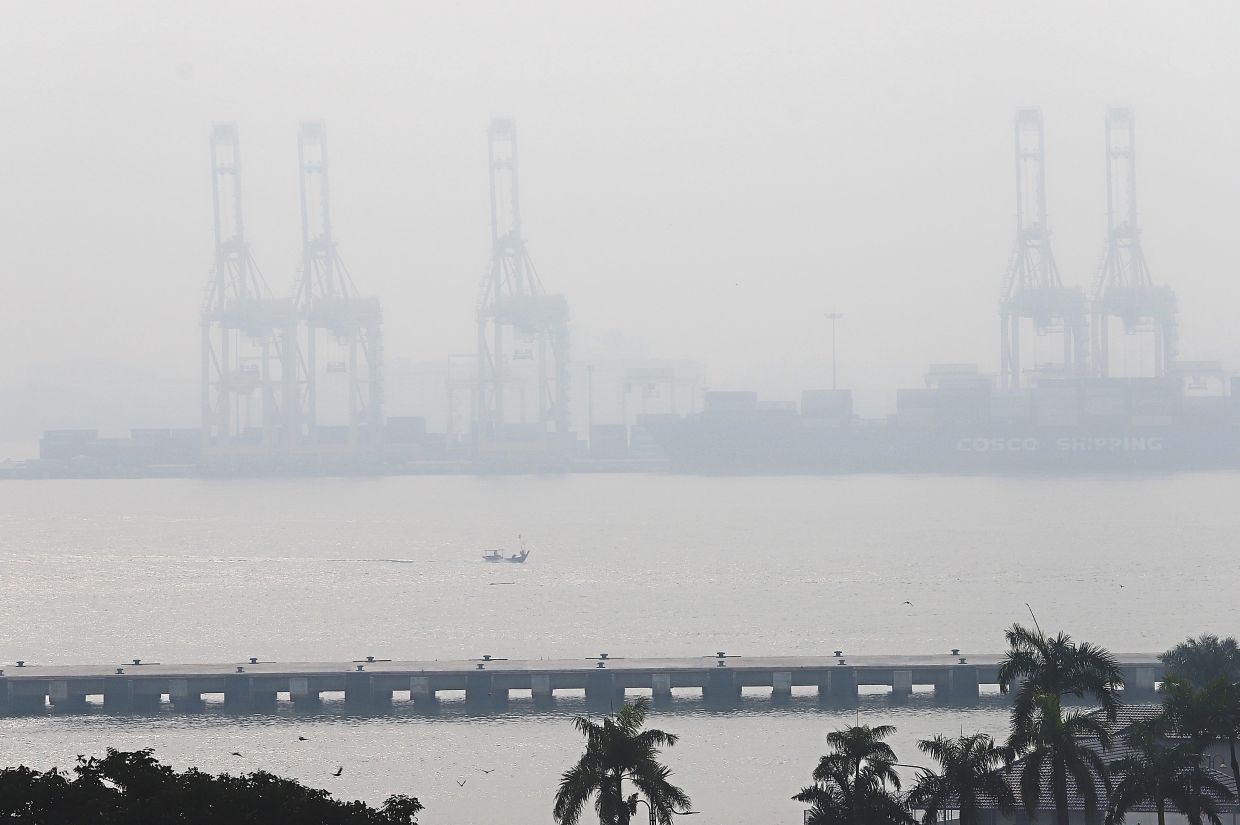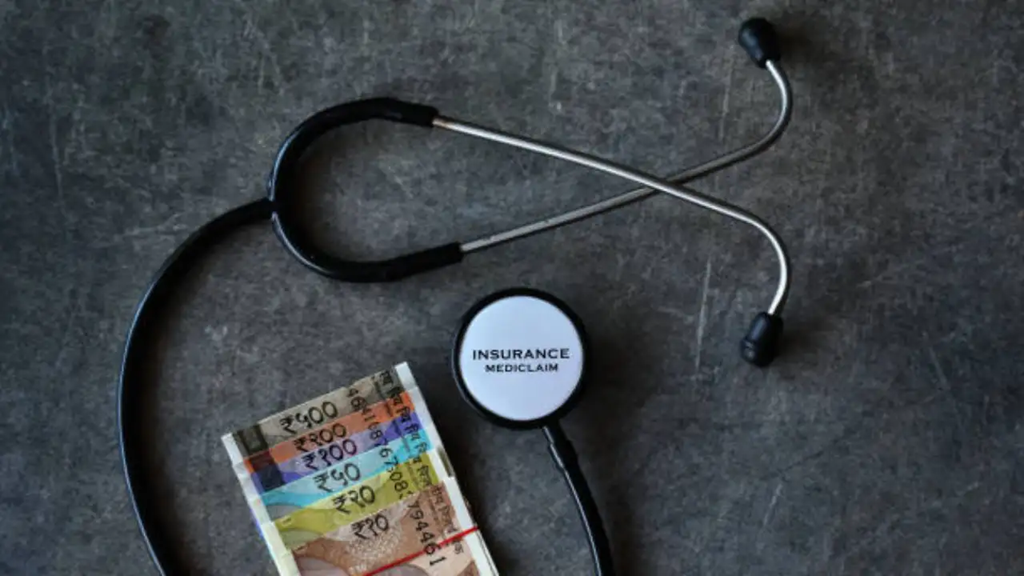When it comes to lung cancer, there is a common misconception that it can only affect certain people, such as those who are older or those with a history of smoking.
However, the question when it comes to lung cancer is no longer just “Do you smoke?”.
The reality is that a non-smoker who lives a healthy lifestyle can be diagnosed with lung cancer too.
While smoking remains the most common cause of lung cancer in Malaysia, the number of non-smokers being diagnosed with this cancer has been rising in recent years, according to the experience of medical practitioners in Malaysia.
“Up to a third of the patients we see with confirmed lung cancer are non-smokers or never smokers,” says consultant cardiothoracic surgeon and Lung Cancer Network Malaysia (LCNM) president Dr Anand Sachithanandan.
For senior consultant clinical oncologist and LCNM vice-president Dr Tho Lye Mun, half his lung cancer patients are non- or very light smokers, and surprisingly, most of them are women.
Family and pollution
Aside from smoking, a person is also at risk for lung cancer if they have a history of lung cancer in the family.
A clinical trial conducted in Taiwan between February 2015 and July 2019 found that an individual’s lung cancer risk increases with the number of first-degree relatives with lung cancer they have.
According to Dr Tho, the environment we live in poses risks too.
If you are constantly exposed to secondhand smoke from smokers around you or if you are frequently exposed to asbestos at work, your chances of getting diagnosed with lung cancer will be higher.
In fact, the World Health Organization (WHO) recently confirmed a concerning link between air pollution and lung cancer.
The International Agency for Research on Cancer (IARC) had officially declared that outdoor air pollution is a Group 1 carcinogen in 2013.
A recent study from the renowned Francis Crick Institute in the United Kingdom, suggests that very small pollutant particles (PM2.5) in the air – from vehicle exhaust fumes and combustion of fossil fuels, among others – may cause inflammation that predisposes to lung cancer.
Dr Anand notes that there is emerging evidence that chronic air pollution triggers an inflammatory response at a cellular level that may “activate” pre-existing dormant cancer genes or driver mutations (e.g. EGFR and KRAS) that may give rise to lung cancer in the susceptible never-smoker.
This would account for the rising incidence of lung cancer detected in young people and non-smokers in densely populated, polluted urban cities.
As a preventative measure, Dr Anand urges the public to avoid or quit smoking as this is a preventable risk factor for lung cancer.
However, we unfortunately have little control over the air we breathe, but he says that LCNM remains a vocal and strong advocate for the Health Ministry’s proposed generational endgame tobacco ban as this will limit the perils of secondhand smoke and protect future generations.
ALSO READ: Preparing for the tobacco generational endgame
Most diagnosed late
Compared to other types of cancer like breast cancer and prostate cancer, most people with lung cancer are usually only diagnosed at a late stage.
According to Dr Tho, an overwhelming majority – over 90% of the lung cancer patients that he has encountered – presented in stages III and IV.
Stage IV lung cancer is considered incurable.
The reason for the late diagnosis is because the symptoms of lung cancer can be difficult to spot.
They are usually vague or non-specific, and can be easily brushed off as something far less sinister.
“For example, it may be confused with a simple cold or chest infection,” Dr Tho says.
He adds that if the individual is a smoker, the suspicion that it may be lung cancer might be even more delayed as they might mistake the symptoms for their usual smoke-induced symptoms, like coughing.
Lung cancer can cause coughing, pain in the chest, weight loss, the production of blood while coughing, and shortness of breath, among others.
Do most of these symptoms sound familiar to you?
They may even sound like the common symptoms of Covid-19.
Dr Tho urges people not to ignore these symptoms, especially if they have experienced them for a prolonged period of time.
“It is imperative for you to seek medical attention and have the symptoms investigated as appropriate,” he says.
Early detection
The good news is that lung cancer can be detected early, even before one has symptoms.
Dr Tho says: “There are available screenings that use a low-dose computed tomography (LDCT) scan.
“If detected early, lung cancer can be cured.”
According to Dr Anand, the LDCT scan is the gold standard for lung cancer screening.
Compared to the traditional CT scan, which requires you to fast for several hours prior to the scan and involves use of a contrast dye, the LDCT scan is “quick, painless, does not involve needles and has minimal lower radiation”.
He adds that one is not required to fast or do any blood tests prior to the scan.
It is a single-breath technology, which takes pictures of the lung very quickly and provides high quality detailed images.
The LDCT scan is recommended for men and women aged between 45 to 75 years old who have been smoking for 20 years or more.
Meanwhile, for those who have no history of smoking, there is now an artificial intelligence (AI) screening programme that helps to detect early stage lung cancer.
“The sophisticated AI machine technology will automatically scan and quickly read the patient’s chest X-ray more accurately than the human eye can, as it is based on deep learning algorithms and will generate a detailed report,” says Dr Anand.
This is a potential gamechanger for lung cancer as it can not only assist general practitioners (GPs) in detecting lung cancer at the community level, but will also enhance diagnostic accuracy and expedite the referral of suspected cases to a relevant lung specialist, he adds.
Once the AI software detects something unusual on the X-ray, the patient can be referred to a hospital that can conduct the more detailed LDCT scan.
If the patient is confirmed to have early stage lung cancer, they can receive treatment to effectively cure the cancer.
“With the LDCT scan and AI chest X-ray screening, we hope to achieve a true shift and detect more cases at an early stage when the disease can be treated more effectively – often less invasively and cheaply,” he says.
Not a death sentence
Many people assume or share a common misconception that getting diagnosed with lung cancer is akin to receiving a death sentence, and as such, there is no point in treating it.
According to Dr Tho, this was true in the past when the expected survival rate for stage IV lung cancer patients was approximately six months or less.
However, thanks to tremendous advances in the treatment of lung cancer such as immunotherapy and oral targeted therapies, this has changed.
He says: “With precision diagnostics and bespoke personalised therapies, we can now get even some stage IV patients surviving more than five years with a reasonably good quality of life.”
He and Dr Anand share the story of how one of their youngest lung cancer patients has successfully fought the disease.
The then 30-year-old lady had no history of smoking or cancer in her family, and did not experience any lung cancer symptoms prior to the diagnosis.
Her cancer was an unexpected finding from a routine medical check-up.
Upon screening, she was diagnosed with early stage IV lung cancer.
According to Dr Tho, the medical team did a genetic test and found that her tumour had a mutation that could be targeted by an available drug.
They prescribed her this oral targeted therapy.
Following a good response to the therapy, Dr Anand was able to operate on her and safely remove the tumour completely.
Almost five years on, the doctors share that the patient remains well, cancer-free and is thriving.
However, Dr Anand notes that financial toxicity is a real concern as lung cancer treatment can cost in excess of a six-digit figure, depending on the stage of the disease.
The treatment costs are generally less if the disease is picked up earlier.
The best outcomes are achieved with multimodal therapy, such as surgery in combination with immunotherapy or oral targeted therapy, and a multi-disciplinary approach with input from different relevant specialist doctors working closely together.
In conjunction with the New Normal, Same Cancer public service campaign by LCNM, the National Cancer Society of Malaysia (NCSM) and Pink Unity, supported by AstraZeneca, vouchers for a discounted LDCT scan (including doctor’s consultation) to screen for lung cancer can be downloaded here. They can be used at over 20 participating private hospitals across the country.











![Best Weight Loss Supplements [2022-23] New Reports!](https://technologytangle.com/wp-content/uploads/2022/12/p1-1170962-1670840878.png)




